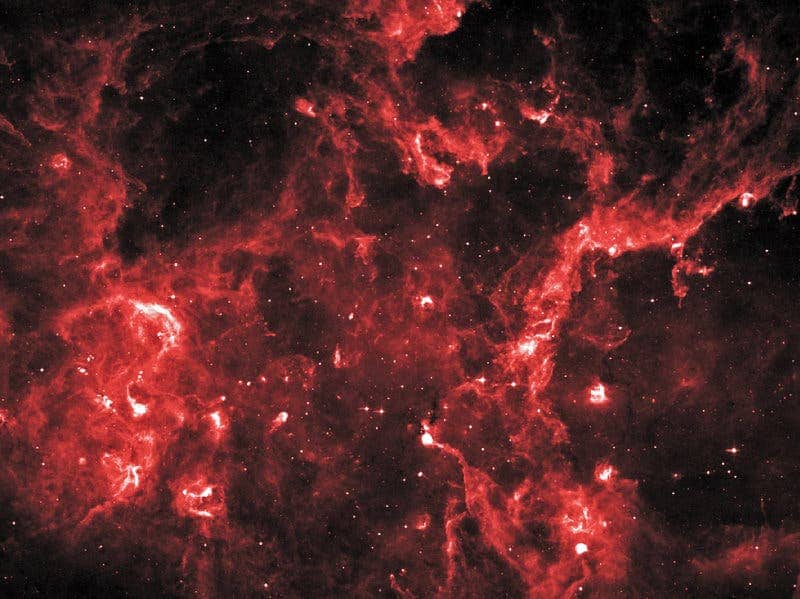Some scientists have made an unprecedented prediction, claiming that a pair of stars in the constellation Cygnus will collide approximately in 2022, creating an explosion so bright it will be visible to the naked eye.
Calvin College professor Larry Molnar worked with his students and researchers from the Apache Point Observatory (Karen Kinemuchi) and the University of Wyoming (Henry Kobulnicky) to make an unprecedented claim. He and his team believe that two stars he is monitoring in the constellation Cygnus will merge and explode in 2022 (give or take a year), lighting up in the sky.
“It’s a one-in-a-million chance that you can predict an explosion,” Molnar said of his bold prognostication. “It’s never been done before.”
“It will be a very dramatic change in the sky, as anyone can see it,” Calvin College astronomer Larry Molnar told National Geographic. “You won’t need a telescope to tell me in 2023 whether I was wrong or I was right.”
If it does happen, then you should see it easily without a telescope or any other specialized tools.
“It will be a very dramatic change in the sky, as anyone can see it. You won’t need a telescope to tell me in 2023 whether I was wrong or I was right,” Molnar said at the presentation, according to National Geographic.
The two stars, jointly called KIC 9832227, are located 1,800 light years away from Earth. Astronomers expect them to merge at some point but the exact time is hard to predict. Stellar collisions occur about once every 10,000 years and scientists have only recently been able to observe a stellar merger. If we will see the explosion in 2022, then this means that they have already exploded for 1795 years, but light from them hasn’t reached us already. As we can see them, the stars are quite close to one another. Daniel Van Noord, who also worked on the study, said they share an atmosphere together “like two peanuts sharing a single shell.”
It was actually Van Noord who started the study in 2013, when he realized that the star (as astronomers considered it then) was actually a binary system.
“He looked at how the color of the star correlated with brightness and determined it was definitely a binary,” said Molnar. “In fact, he discovered it was actually a contact binary, in which the two stars share a common atmosphere, like two peanuts sharing a single shell.”
“From there Dan determined a precise orbital period from Kinemuchi’s Kepler satellite data (just under 11 hours) and was surprised to discover that the period was slightly less than that shown by earlier data” Molnar continued.”
This reminded them of the work of Romuald Tylenda, who made similar observations of a star in 2008. The star system exhibited a similar behavior and then exploded – prompting Molnar to believe that the same thing will happen here. Extrapolating the data from Tylenda’s study they made the bold prediction and even set a date for it: 2022.

A red nova explosion like the one we might expect in 2022. Image via Space Telescope Science Institute
Whether or not this will happen, we should pay close attention, Molnar says, because this event will broaden our understanding of stars.
“Bottom line is we really think our merging star hypothesis should be taken seriously right now and we should be using the next few years to study this intensely so that if it does blow up we will know what led to that explosion,” he says.
The study is interesting because unlike most astronomical observations, which involve numerous team and expensive equipment, this study was low-scale and low-cost, which is why Molnar can afford to make such a risky prediction, as he himself says.
“Most big scientific projects are done in enormous groups with thousands of people and billions of dollars,” he said. “This project is just the opposite. It’s been done using a small telescope, with one professor and a few students looking for something that is not likely.”
“Nobody has ever predicted a nova explosion before. Why pay someone to do something that almost certainly won’t succeed? It’s a high-risk proposal. But at Calvin it’s only my risk, and I can use my work on interesting, open-ended questions to bring extra excitement into my classroom. Some projects still have an advantage when you don’t have as much time or money.”










